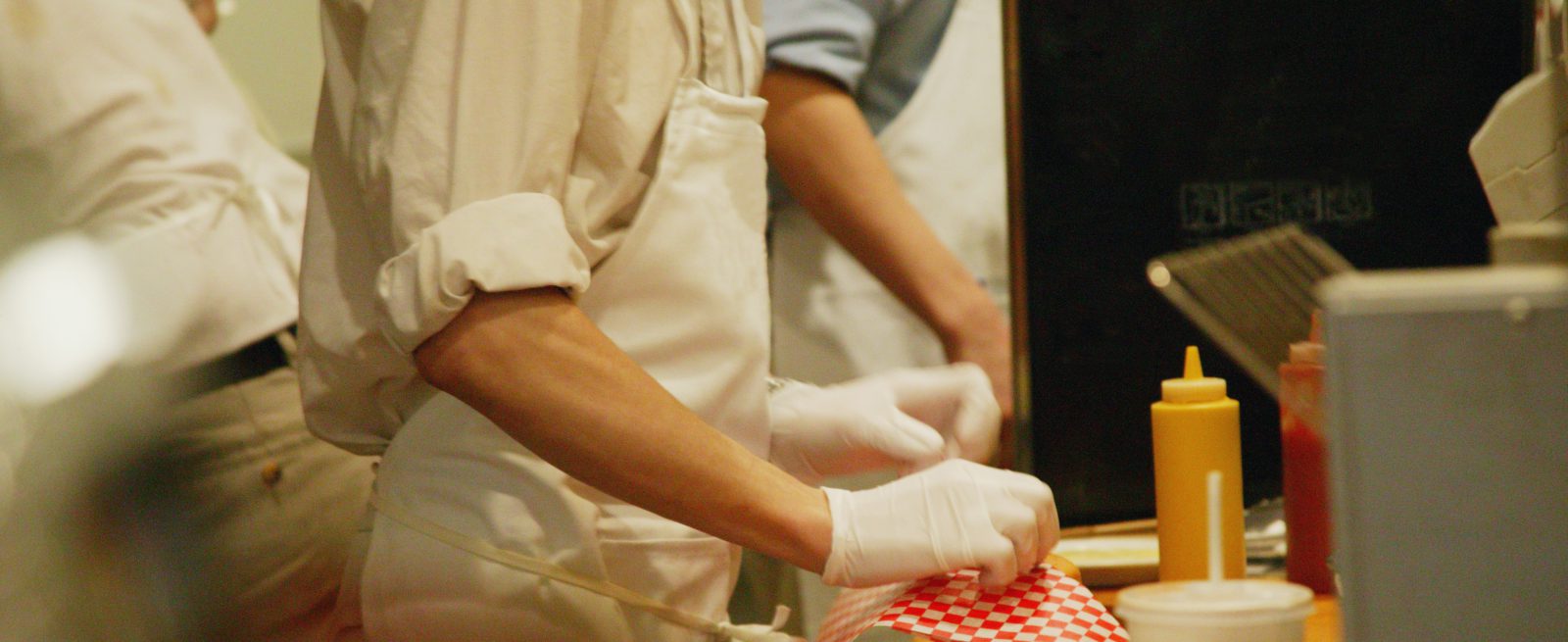Hitting a Home Run in Labor Control
3 Min Read By David Scott Peters
How do you make money in the restaurant business? The reality is it’s the small things that add up, such as reducing the cost of cheese by a nickel a pound, or reducing the number of garbage pickups a month by one. But every so often, with the bases loaded, you bring up your cleanup hitter to clear the bases with one big swing, known in baseball as the “grand slam.” If that cleanup hitter is a system, then with that one system you’ll reap huge savings. How do you go about choosing the system that is your cleanup hitter? It’s the one batter who can hit a restaurant profits grand slam for almost any restaurant. You simply need to know how to send him in.
Start with the Right Equipment
Using the right equipment or tools is how you control your labor expenses. And controlling them starts with instituting a labor budget and labor budgeting system. First, you need to know your target labor costs. That starts with knowing what your prime cost – the sum of your total cost of goods sold and your total labor costs – should be. Prime cost for a full-service restaurant, no matter the type, needs to be 55 percent. It doesn’t matter where each of the individual expenses are, just so that together they don’t exceed your prime cost target.
You Need a Good Warm Up
Before you can hit the big one, you have to be warmed up. To warm up, you need to calculate what your labor expenses were last week. This will give you some key numbers to ensure you hit your projected labor budget for next week. With this information, you’ll be able to tell each of your managers, by department, how many hours they have to schedule and how much money they have to spend, not including taxes, benefits and insurance.
Swinging the Bat
Now that you know what your average hourly wages are by department, average hourly wage for all line employees and the percentage of hours by department, you can follow my step-by-step system to ensure you hit your target labor costs and ultimately make more money.
- You need to know how much you have to spend on labor next week. To do this you need two pieces of information: a) your projected sales for the week; and b) your target labor cost percentage, excluding taxes, benefits and insurance.
- How much money do you have to spend, minus management salaries? Since management salaries are a fixed expense, simply subtract their salaries from your total dollars available.
- How many hours do you have available to schedule for your line employees throughout your entire restaurant? Take your average hourly wage for the entire restaurant and divide it by the total dollars you have to spend for all of your line employees.
- How many hours does each department get? You were probably asking yourself earlier, “Why do I need to know the percentage of hours each department used last week?” By multiplying those percentages by the total number of hours available for next week, you quickly determine how many hours each department gets. 5. Last but not least, based on average hourly wages by department you’ll be able to allocate every penny each department gets and stay within budget … guaranteed.
Hitting the Home Run
You should be saying to yourself, “Wow, that’s really easy.” And that’s because it is. Your final step is to give each manager the number of hours they have to schedule for next week and how much money they can spend. Then have them write their department schedules. The attitude here is to schedule to stay within budget, not just to fill shifts. By following this step-by-step labor budgeting system, you’ll be in position to hit your very own restaurant profits grand slam.


